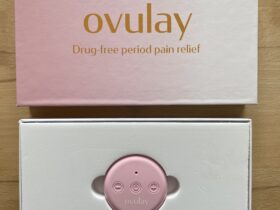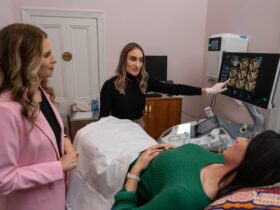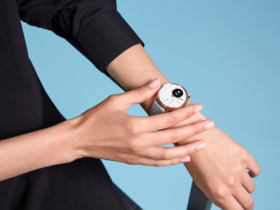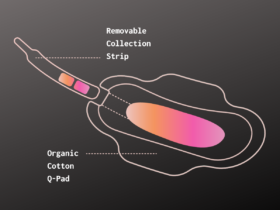Testing for cervical cancer has typically involved going to the doctor to get a “Pap smear” which involves the insertion of a speculum and the subsequent collection of cells from the cervix. This is often an uncomfortable and sometimes painful experience. For some, the experience can be traumatic and there are many people who avoid getting tested altogether, even though this relatively straightforward test has been shown to reduce the number of cancer cases by 70%. Today, Denmark is one of the worldwide leaders in providing at-home tests to screen for the Human Papillomavirus or HPV, which is the virus that causes cervical cancer. (Learn more at the Hvidovre Hospital’s HPV home test website). Denmark uses the Evalyn Brush by Roters for these tests.

How does testing at home work?
In Denmark, the at-home test kits for HPV are similar to a tampon with a plastic applicator, and is inserted into the vaginal canal where a brush emerges and is swirled around by the person, and then, by pulling, is re-inserted into the applicator. (Complete instructions are available here, in Danish). In other countries, the test is more similar to a COVID test, with a long swab that is inserted, swirled and sealed into a container. In both cases, the test is sent to a laboratory for analysis.
Why do we need at home tests?
The World Health Organization has an excellent information page about cervical cancer, highlighting that it is the fourth most common cancer in women and emphasizes that cervical cancer can largely “be cured if diagnosed and treated at an early stage of disease”. So why are more people not regularly going for tests?
Within the realm of women’s health we often see certain barriers such as invasive, uncomfortable and emotionally difficult procedures which exist on a scale of not affecting people at all to affecting them so much that they avoid necessary health care.
By doing at-home testing, the need for a speculum is removed, which makes for a less invasive and more comfortable experience, and also one which is self-administered, which for many, is an important factor, especially if they have experienced trauma or negative past experiences, if there exists stigma surrounding reproductive health in their world, if they are assigned female at birth (AFAB) individuals, or if it is difficult to get to the clinic considering work, childcare, or transportation.

By allowing individuals to conduct the test in the familiar environment of their own home, at-home testing kits alleviate the anxiety and embarrassment often associated with clinic-based screenings. This can lead to increased participation rates and more frequent screenings, ultimately improving early detection rates and reducing the burden of cervical cancer.
Who is offering these tests?
While Denmark began offering at-home test kits early in 2016, it is still not the norm and is typically offered to women who haven’t been to a Pap smear in 4 years or more. Outside of Denmark, Stockholm, Sweden is another place where at-home test kits were offered by the government. Here, 330 000 self-sampling kits were sent out, and there was “a 10% increase in population test coverage – from 75% to 85% – in just 1 year” according to this article.
Recent advancements in femtech and the increase in innovation and investments in this area have allowed for a new era of cervical cancer detection with the introduction of companies offering such kits. Nurx and Switch Health offer kits and an online medical consultation. There are also up-and-coming companies, such as Teal Health, which is still in the early stages. Others are entering clinical testing, such as Daye, which already offers microbiome screening and STI (Sexually Transmitted Infection) kits.
In many places, like Denmark, the tests are available as part of a government initiative. Most recently, British Columbia, Canada, and Australia have started to offer these tests. In a 2022 study, a mapping was done of the countries offering at-home test kits:

The future of at home tests:
Many have become used to doing an at-home COVID test, rather than going to the test centers at the height of the pandemic and can relate to the benefits of testing in the comfort and privacy of one’s own home. However, some challenges do exist such as education and awareness about the availability of at-home testing, and the need for quality assurance to ensure that tests are conducted correctly and are reliable.
Furthermore, efforts must be made to ensure equitable access to at-home testing kits for all individuals, including those from marginalized communities. This includes addressing issues of affordability and accessibility, particularly for low-income individuals and those living in rural areas. And, since these tests are still predominantly by invitation only, more companies who offer online ordering options will need to emerge and be clinically validated so people can take charge of their own health.
When was your last Pap-smear? Get tested, early and often, and hopefully – at home!
Read more about why we need innovation in women’s health care in our article: Innovation can fill gaps in women’s health












Follow us on social media